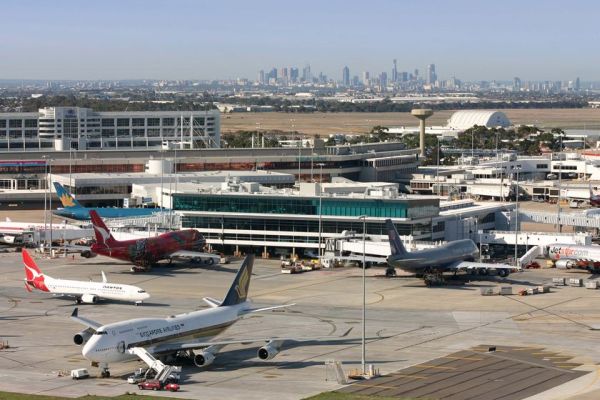Published on the 27/10/2009 | Written by Newsdesk

Far-reaching strategy focused on identifying how to consolidate ICT services across tenants and airlines in order to reduce the cost of operating at the airport…
Australian technology services company the Frame Group has completed a 20-year ICT infrastructure plan for Melbourne Airport.
The project required preparation of detailed short-term and ten-year action plans, plus a high-level 20-year outlook. The ICT strategy was distilled into four separate strategic plans covering: data centre, network and systems infrastructure, applications and disaster planning.
Australia Pacific Airports Corporation Limited, owner of Melbourne Airport, commissioned the project to identify how ICT can best support the Airport’s 20-year capital development plan. While security, reliability and scalability are natural concerns for the Airport, other requirements of the plan included compliance with global standards, cost containment, and risk management and mitigation.
“ICT is a major part of the Airport’s day-to-day operations and it will become increasingly important as we support the business with additional services,” says Mark Funston, the airport’s IT manager.
“What we are doing now is investing in the core to provide better services for the airlines, our tenants, our operations and for the passengers who use our terminals. These services will help airlines operating at Melbourne Airport improve their on-time performance, reduce their capital and start-up costs and enable new passenger services.”
A key requirement of the strategy was to identify how to consolidate ICT services across tenants and airlines in order to reduce the cost of operating at Melbourne Airport. To do this, Frame developed an enterprise service provider framework, putting the focus on managing services (like wireless and email) rather than their infrastructure components (such as servers, routers) in isolation.
The model supports the organisation’s desire to consolidate and centralise business functions. And with the accompanying financial model, the airport is able to attribute costs to services and to normalise capital expenditure with operations expenditure.
Melbourne Airport is home to 150 businesses including airlines, office developments, retail and other commercial ventures. Its ICT infrastructure links most airport facilities and buildings and is an essential component in the delivery of car parking systems, airport surveillance and security services.



























